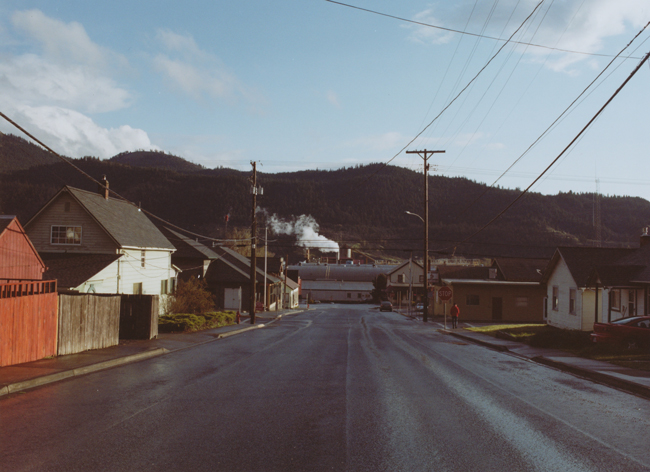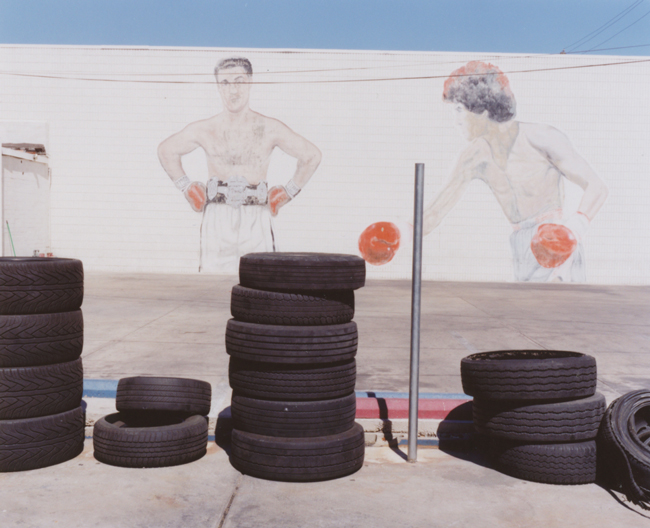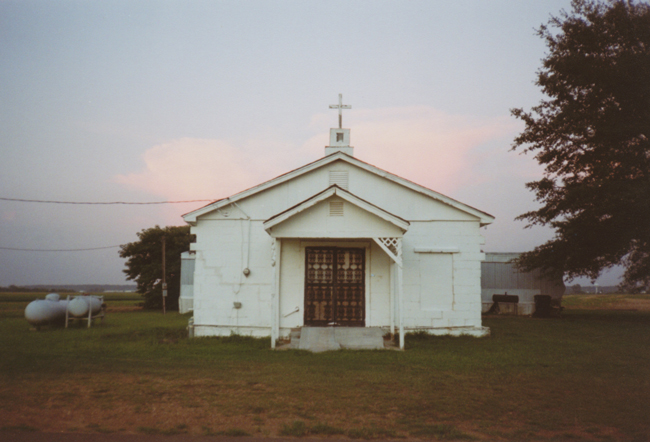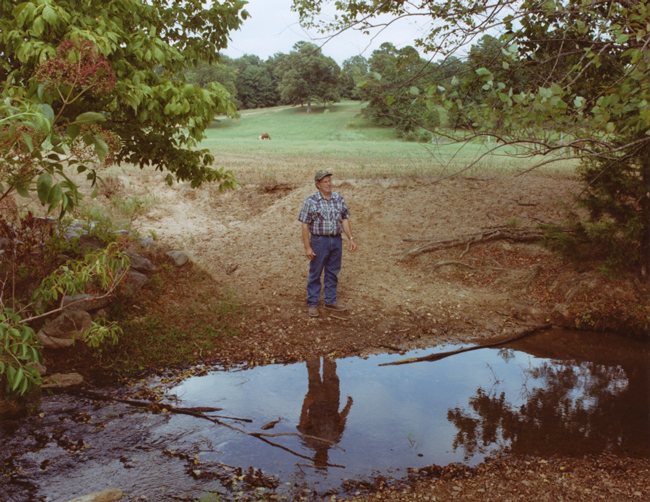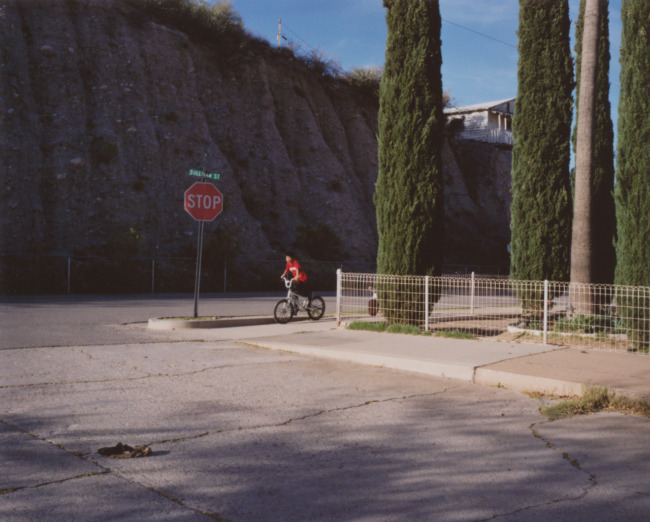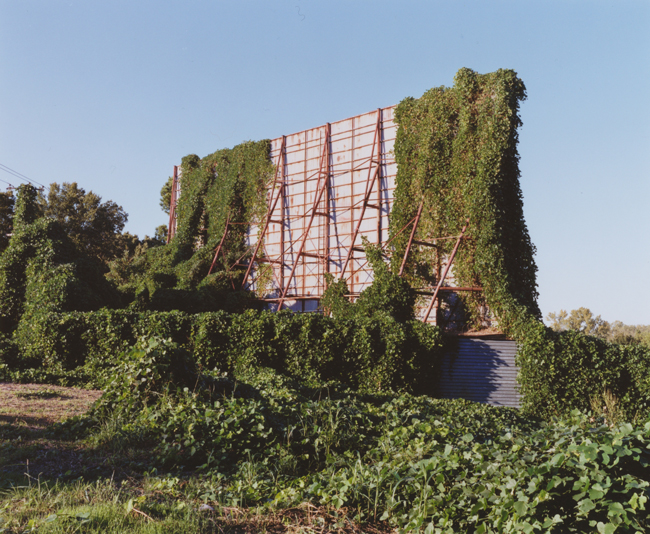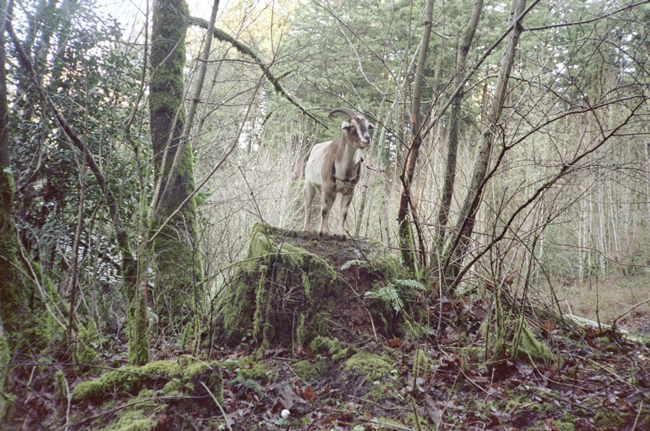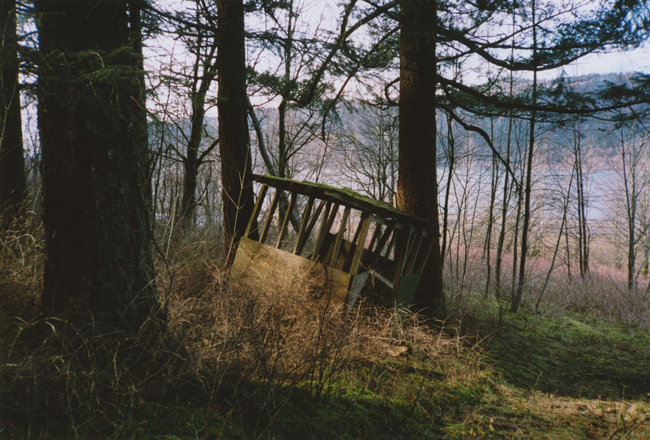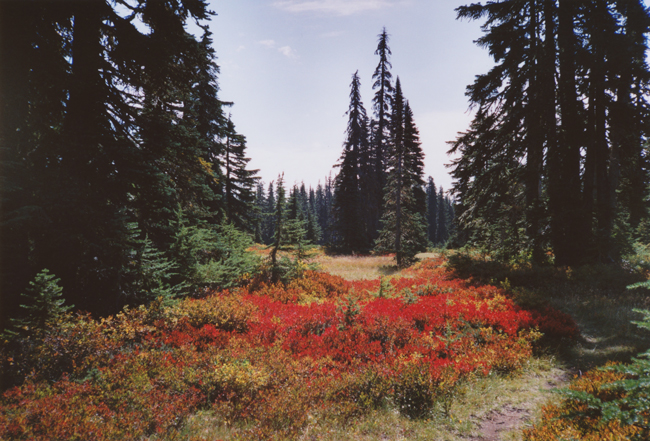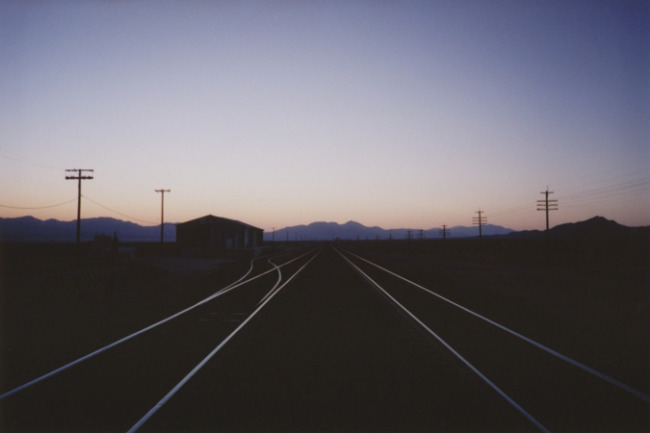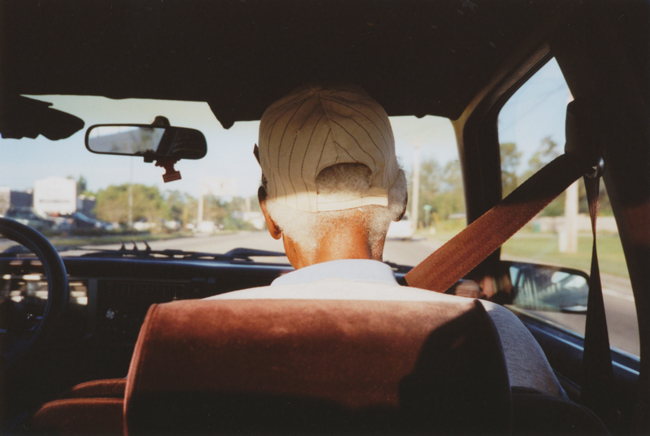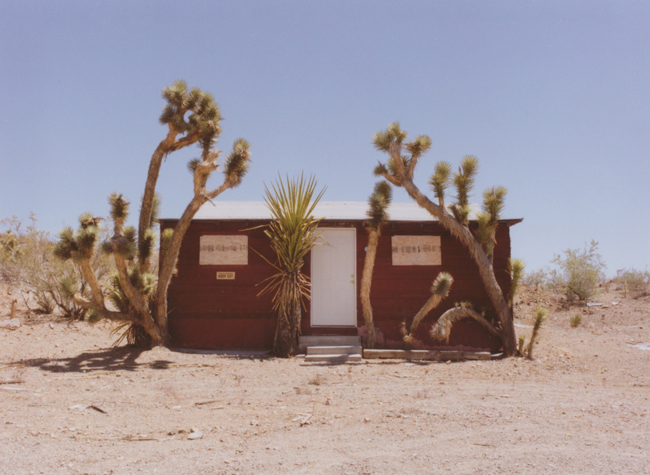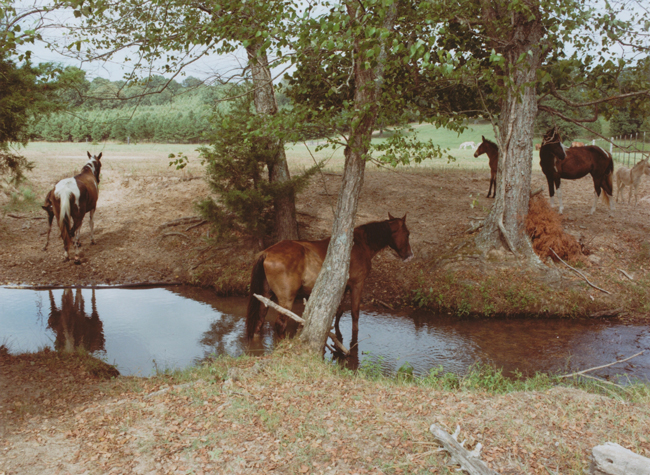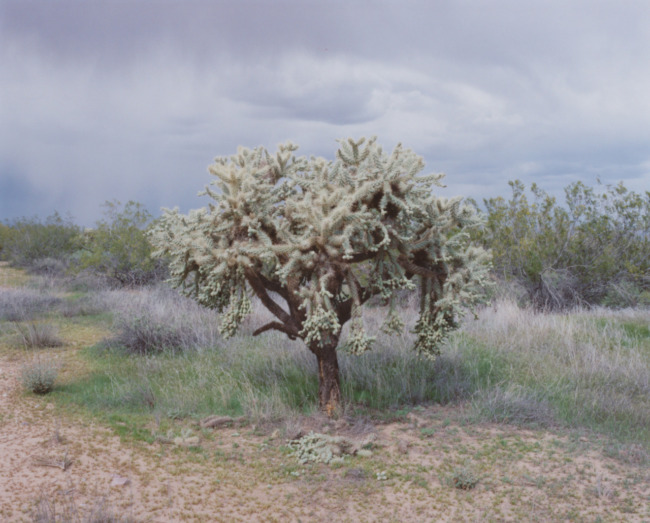A Sense of Place: The Liberating Solitude of Missy Prince
‘In a way, the photo is the least important part. Photography gives me a reason to explore and generally makes life more interesting.’
Covered cars, open roads. The remains of a stone edifice covered in green moss amidst other shades of green; shade. A crushed can of beer on the highway. Freshly chopped wood. The steamy exhale of a man in profile on a brilliant, cold day in front of a protective column of trees. There are signs of life everywhere in photographer Missy Prince’s images, but what or who these places or people are remains a mystery throughout, reinforcing the through-line of the existential wanderer; curious, open, and with purpose. Prince approaches her photography with an exploratory mindset. She proceeds without judgement or expectations and with a higher regard for life and its experiences rather than just in the name of that controversial piece of evidence, that endlessly reproducible proof of life: the photograph.
Prince can’t pinpoint the beginning of her photography. She ‘messed around here and there’, and it only stuck when she began seeing things she liked in her own photos. ‘What appeals to me most,’ she wrote, ‘what keeps me doing it, is the search; it’s like treasure-hunting or record-shopping, but maybe more sophisticated…or maybe not.’ This humility is evident throughout her work. Shooting with 35mm film imbues the work with a relaxed quality and the sense of a ‘letting go’ of control. This obsession with a kind of precision-about-the-image has eclipsed all else during the recent A.R.T.S.C.H.O.O.L. years, wherein larger format and a hyper-reality has become king, along with a return to the studio, where further containment and control can be achieved. Prince ambles along outside, quietly, seeking to contain nothing nor predetermine the outcome of her shooting experience. She allows the film to take on the hues and tones it needs to, while capturing what crosses her path, or what moves her – simply – to stop. It feels as though she is paring down her practice via her experience, stripping both her life and her image-making of accessories or baggage and heading back to the land, so to speak, in an honest attempt to find the visual intersection of living and its infinite representations.
Most photographers, each compulsive in their own way, can probably relate to this need for collecting and for cataloguing their lives. If no visual proof exists, what the fuck are we doing here? In simple terms, photography is the mode Prince’s journey has elected as its public face, though the cumulative experience of looking at her images translates less as an all-consuming compulsion than as awe for the seemingly basic but overwhelming beauty of lesser-championed subject matter. ‘Everything is majestic about a field of red flowers,’ she imparts. ‘Everything is possible,’ offers a winding stretch of highway upon nightfall.
And they are; it is.
These ‘little’ moments – a warm sheet of afternoon sunlight on the back of an old man’s neck – are much less sensational than many of us are used to, and for that reason perhaps harder (for some) to see but no less poignant (some people will never really see anything in Stephen Shore’s Chevron and Texaco stations…). The subtlety of Prince’s work puts her in a category reserved for a special kind of artist and thinker: those who ask us to participate, to enter into her visual space ready for anything or at least willing to read a little, to imagine what was beyond the frame, how she felt that day and if this can be seen in her images – to view and to question beyond the frame, not just to consume. She only has to give what you are capable of seeing.
Prince, who resides in the Pacific north-west, grew up in Tennessee. Many of the images from her series were taken during her travels back home. Of these images one can see Prince trying to reconnect with her past while simultaneously trying to create a ‘sense of place’ visually. ‘I look for qualities that serve that aim,’ she writes. ‘I like things that are a little rough around the edges, so that is what I photograph. [In my work] I see cars and trucks (I know I have a weakness), nature gone wild, stray or wandering dogs, empty streets, stillness solitude, beauty, and grit.’
Asked why we don’t see too many people in her work she responded that she hasn’t been photographing them for too long, but feeling like she needed more variety in her work prompted her to reach out to those who interested her and wanted to engage or participate further. Insofar as participation goes, the photograph will always be a testament to its photographer’s level of engagement with his or her surrounding world. One can see Prince’s work evolving as she opens up to these different kinds of exchanges. In sitting still, in observing, in slowing down, everything that once was hidden or invisible to us will be revealed, and that holds true for the photographer, the photographed, the photograph itself, and you, the vessel. Prince’s images are ready when you are.

